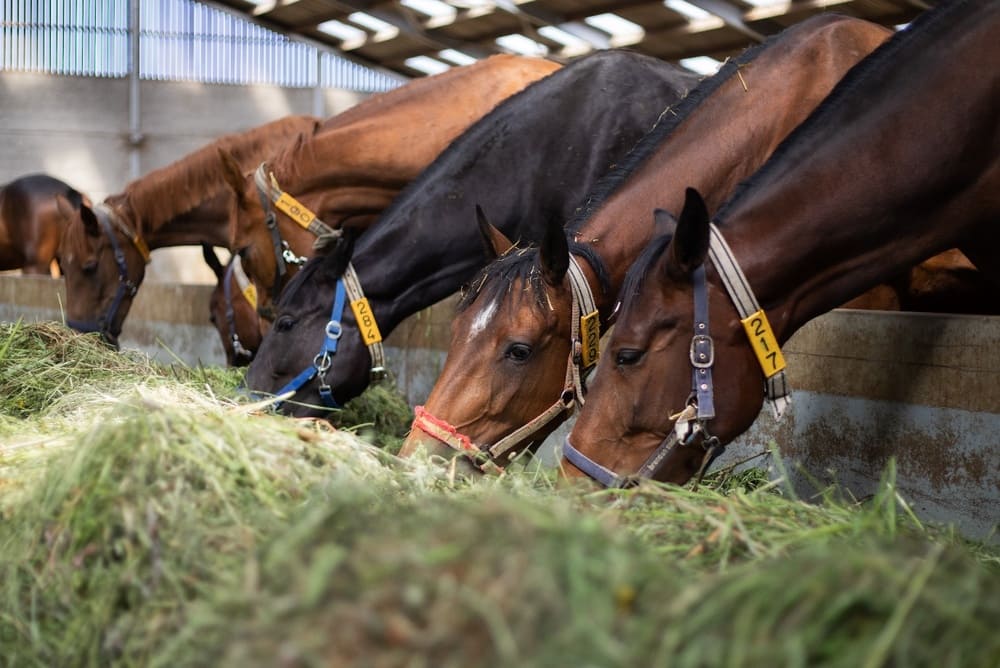
Embryo transfer with fresh and transported embryos, how does it work?
Traditional equine embryo transfer begins with the removal of the embryo from the donor mare's uterus and its transplantation into the recipient mare. The embryo continues to grow in the recipient mare and the foal is raised by the recipient mare until weaning.
Typically, the donor mare is inseminated to become pregnant herself and the embryo is "flushed" from the donor mare's uterus 7 or 8 days after ovulation. The embryo can either be implanted into a recipient mare at the same site as the donor mare ("direct fresh embryo transfer") or the embryo can be transported to our embryo transfer center to be implanted into the most suitable recipient mare ("cooled transported embryo"). Both methods are equally successful.
For a successful transfer, it is critical that the donor mare and recipient mare are closely synchronized and that the recipient mare has completed a good, healthy, fertile estrous cycle prior to embryo transfer. A normal estrous cycle is critical to her fertility and has a profound effect on the pregnancy rate following embryo transfer. If only one recipient mare is available, the synchrony between donor and recipient mare and the quality of the estrous cycle may be less than optimal, leading to disappointing results. At an embryo transfer center, we are much more likely to find a suitable recipient mare.
Why send your embryo to ETC Hans Smet?
At our Embryo Transfer Center we have a surplus of recipient mares available every day of the week. This allows us to select the mare with the best chance of pregnancy. This approach allows us to consistently achieve very high pregnancy rates and is in the best interest of your embryo. It is also in our best interest because you (the customer) only pay if the recipient mare gets pregnant. While we sincerely try to help our customers in the best way possible, this gives us an extra incentive to find the most suitable recipient mare for your embryo. This season we have a collection of mares of particularly high quality and very good health, resulting in 95% of mares becoming pregnant after embryo transfer (last update 18/05/2024 - based on gestation control at 16 days with fresh/transferred embryos).


Can I have my donor mare flushed at ETC Hans Smet?
You can, of course, bring your donor mare to us to be flushed at 7 or 8 days after insemination. However, the vast majority of our customers prefer to have their donor mare examined, inseminated and flushed by their local veterinarian or at a stallion/insemination station of their choice. The embryo is then brought to us in a special container by the owner or by professional courier service. HippoXpress offers a very convenient door-to-door delivery service and guarantees same-day delivery to our embryo transfer center from Belgium, the Netherlands and parts of Germany and France, 7 days a week from March to September, all holidays included. For more information on insemination, embryo flushing and shipping embryos from your location to our facilities, please refer to your local veterinarian or stallion/insemination station of choice.
